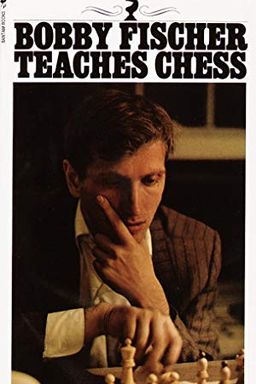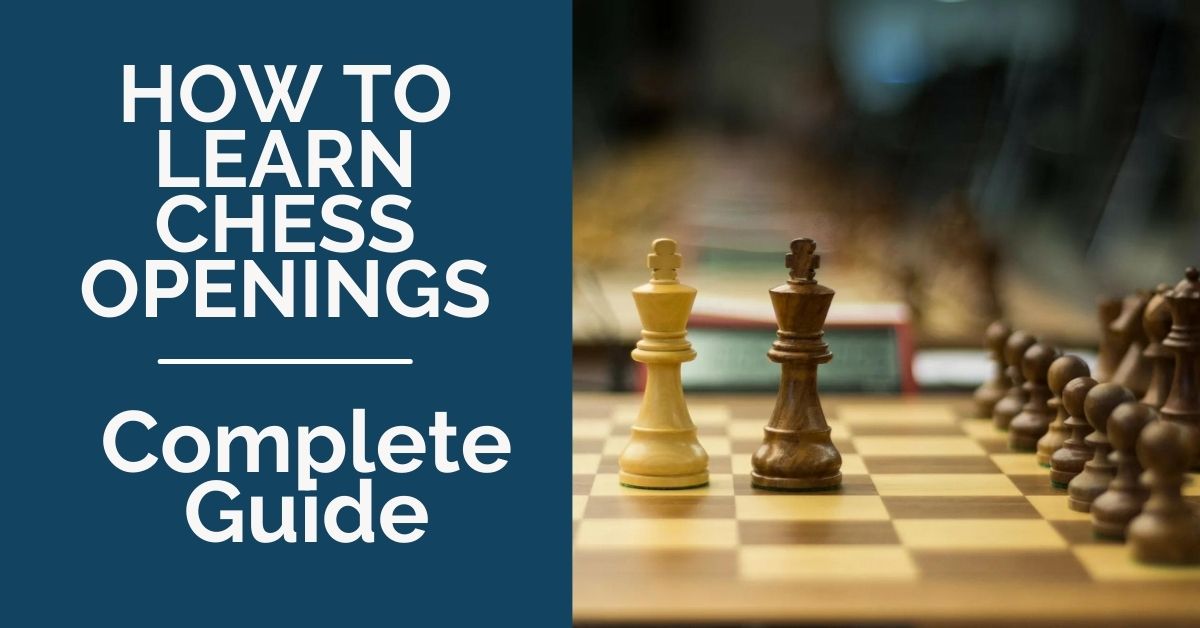3 Chess Opening Traps + 1 Opening Trick - Remote Chess Academy
Por um escritor misterioso
Descrição
Today we are going to learn 3 chess opening traps and learn an opening trick from the RCA guest coach FM Coto Mederos. He has prepared an instructive video lesson in which he shares some useful tricks which you can incorporate in YOUR games right away! ⭐ Trap 1 – It is from the Italian Game and this trap is for Black’s side. After the moves 1.e4 e5 2.Nf3 Nc6 3.Bc4 Nd4, most players will be tempted to take the pawn with 4.Nxe5 as it also creates a threat on f7. The trap is set after Black plays 4…Qxe5. ⭐ Trap 2 – The second trap is also presented for Black, in the Queen’s Pawn opening after the moves 1.d4 e5 2.dxe5 Nc6. If White falls into this trap, he will lose any one of his major pieces. ⭐ Trap 3 – This trap is from the Dutch Defense, 1.d4 f5, and the Staunton Gambit after White plays 2.e4. Coto illustrates this trap with an example game played by Lasker, the game known for its famous and immortal king walk! ⭐ Opening Trick – Finally, Coto will present to you an opening trick from the Queen’s Gambit Exchange variation. Watch the video lesson now: What is your favourite trap(s) from these? Share your thoughts in the comments below.

Happy New Year 2023 + Must-Know TRAPS After 1.e4 - Remote Chess Academy

Chess Openings: Traps And Zaps: Traps by Pandolfini, Bruce

Win A Queen in 10 Popular Openings [Tricks & TRAPS to Fool Your Opponents] - Remote Chess Academy

Chess Openings: Traps And Zaps: Traps by Pandolfini, Bruce

62 Best Chess Books

25 best multiplayer Switch games you can play today
:strip_icc()/pic7803055.png)
Big Game Theory!
Learn Opening Tricks & Traps - ICC Opening videos - Videos - Internet Chess Club

How to Castle in Chess: Rules & Strategies

Devil May Cry 3: Dante's Awakening (Video Game) - TV Tropes

Chess Openings: How to Learn Them? The Complete Guide - TheChessWorld

The 2022 Round-Up of Board Games for Kids - FamilyEducation
Chess Tactics and Lessons on the App Store
de
por adulto (o preço varia de acordo com o tamanho do grupo)






